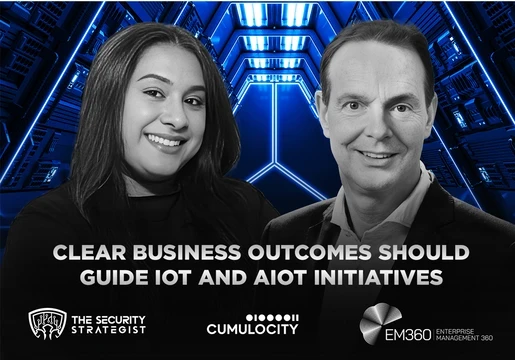
The average customer spends more than four days resolving an issue with their mobile service provider, according to a new report.
The study called The Zero Touch Customer Experience was conducted by Ericsson's Consumer & IndustryLab. Ericsson is one of the largest suppliers of telecommunications equipment in the world and is currently busy building 5G networks.
The findings suggest large companies have a long way to go before they can claim to be providing customer service that is simple to access and offers resolutions fast.
Ericsson says the report highlights consumers' “current frustrations at their interactions with their mobile service provider”.
The main statistical finding is quite damning in that sense. Apparently, it takes on average 2.2 attempts and a staggering 4.1 days to successfully complete an interaction.
Imagine being on hold for 4.1 days – and that's just the average… there will be many people for whom it takes weeks or even months to resolve issues.
“This high customer effort impacts negatively on satisfaction levels,” says Ericsson in something of an understatement.
Digitally leading brands offer the minimal effort interaction consumers prefer. Smartphone users now expect the same hassle-free, one-click digital experience from operators.
Clearly the telcos – and probably most other companies – are not offering the type of responsive service today's consumers demand and expect.
However Ericsson offers some tips in its report, which highlights that mobile service providers can leapfrog to a zero-touch customer experience future by harnessing the power of artificial intelligence and analytics.
For example, Ericsson says that, enabled by AI, telecom service providers could use data from earlier interactions and consumer behaviour to “predict what consumers need before they even contact them for support”. More than half (56 percent) of smartphone users expect operators to anticipate their needs even before they realise what they are.
Additionally, says Ericsson, while we have grown accustomed to typing, clicking and swiping on our devices, new zero-touch methods are emerging based on voice, gestures, and augmented or virtual reality.
One in 10 households in the US already has a voice-enabled home assistant device such as Amazon Alexa. As voice assistants become more prominent in consumers' everyday lives, they will expect integration of support interactions over those platforms too.
Pernilla Jonsson, head of Ericsson Consumer & IndustryLab, says: “Consumers believe telecom service providers treat touchpoints like isolated interactions.
“Siloed focus means they miss the bigger picture. Interestingly, telecom service providers could leapfrog one-click and move from multiple-click to zero-touch by deploying future technologies in their customer offerings.
“The zero-touch customer experience report shows that zero-touch experiences are now an expectation of their customers.”







Comments ( 0 )